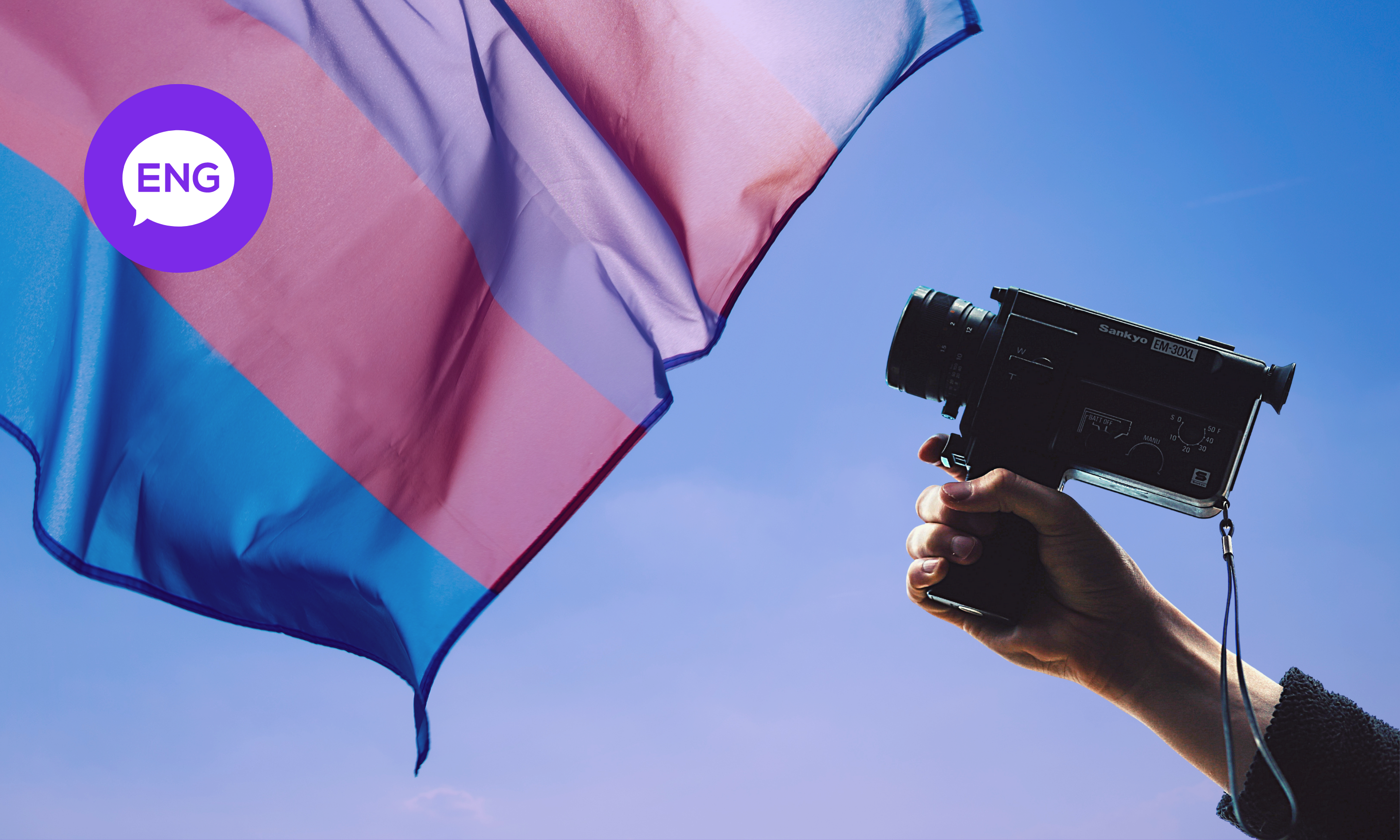Nissa Mitchell explains that the cis gaze “refers to the ways in which the world and trans people are presented as if they exist for scrutiny by, and the entertainment of, cis people”.
As pointed out by Charlie Fabre, author and researcher at Représentrans, this is a systemic gaze, which has a real impact on the ways trans and non-binary people become aware of their bodies and their existence.
Charlie Fabre further specifies that, on screen, this translates into a representation of trans and non-binary people that is solely for the pleasure of cis viewers, by making characters conform to specific stereotypes that are associated with a “tolerable image” of trans and non-binary people in the eyes of society.
How can we detect the cis gaze when we are watching movies and TV series?
Charlie Fabre and Représentrans offer 20 criteria through which we can analyse any movie and TV show, building on Nissa Mitchell’s work.
If a story checks at least 3 of these criteria, then we can definitely agree on the fact that it contains a clear cis gaze on trans and non-binary experiences.
Let’s explore them together!
We can be sure that the cis gaze is applied to the movie or TV series at hand if a trans character:
- Has one or more dedicated scenes to them getting dressed and/or putting on (or taking off) make up
- Is congratulated for conforming to cisnormative expectations (e.g. has an heterosexual relationship, gets married, etc.)
- Is faced with a remark that implies “I would have never guessed you are trans!”
- Is a sex worker (and all their colleagues are also trans)
- Has a predatory behaviour / is deceptive
- Is called by their deadname or is misgendered on purpose
- Follows a medical path and we can see them taking hormones or go through surgeries linked to their transition
- Has their transition as their only worry and central storyline
- Has their genitals exposed without their consent
- Is the cause of emotional distress for one or more loved ones
- Is a passive victim of an act of violence and aggression
- Is shown self-harming
- Has their gender identity be questioned by a cis character
- Has their gender identity validated by a psychiatrist
- Imitates a cis character (to perform gender norms)
- Does not have any interaction with other trans characters
- Has exclusively hetero romantic and/or sexual relationships
- Looks at themselves naked in front of a mirror
- Looks away from their body, while it remains on screen for the viewers, and/or visible for other characters to see
- Is played by a cis actor/ actress
These criteria are of course purely descriptive and are meant to spark discussions and reflections! They can be applied in a flexible manner depending on the specific context.
For example: According to an initial analysis of movies with transgender protagonists, conducted by Représentrans, the American movie They (2017) checked the least amount of cis gaze criteria (4).
The French-Belgian movie Lola (2019) and the Chilean movie A Fantastic Woman (2017) check 8 and 9 criteria.
Danish Girl (2015) and Girl (2018) check many of these criteria, becoming two very clear examples of the cis gaze on screen.





Translation by Gender and Chill


 par Gab Harrivelle
par Gab Harrivelle